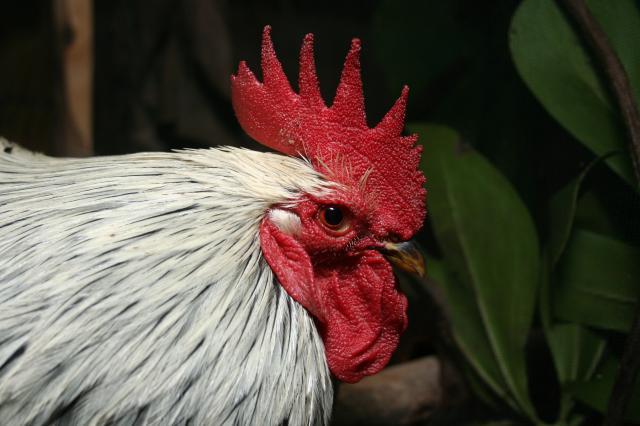Quote:
those certainly are fine birds!
And as for the culling, I WANT to hear every-one's opinion. all the things you mentioned are very true and thoughts that I have had too. I think it all depends on what your purpose for the chickens are. We need folk like you who breed good strong healthy blood lines and in order for you to do that, you have to be strict. that I totally understand. Heck, if I were breeding like you, I too would have very strict rules about something like that. But for me, I am only keeping my chickens for pets and eggs. so in a case like that, I think it's okay to give the 'faulty' ones a chance.
I encountered the same moral dilema when it came to CRD. I was wondering if CRD birds should be culled to prevent further spread of the disease. Not only in one's own flock, but for the sake of ALL chickens out there. I'm still on the fence about that one. I'm not sure. from what I have learned, here in South Africa, you would have to go a long way to find a CRD free chicken, and from what I've learned about CRD, it's only a matter of time before any healthy birds will be infected?
I had lunch with an Egg farmer yesterday. He said he doesn't cull his CRD CHICKENS AT ALL. I was surprised to learn this because I thought that would be the first place to cull.
UPDATE ON MADIBA: Well, he's been in good health! His crowing is back to normal and he's stil terrorizing the property's inhabitants. Yesterday I noticed his comb going blue again. He was supervising one of my hen's egg laying and as he marched up and down infront of the nest, his comb got a blue tinge. In less than an hour though, the blue tinge went away?? I'm thinking it may be his heart and times when he stresses, the comb turns blue. Who knows...anyway, he's a happy bunny other wise, and so am I.





